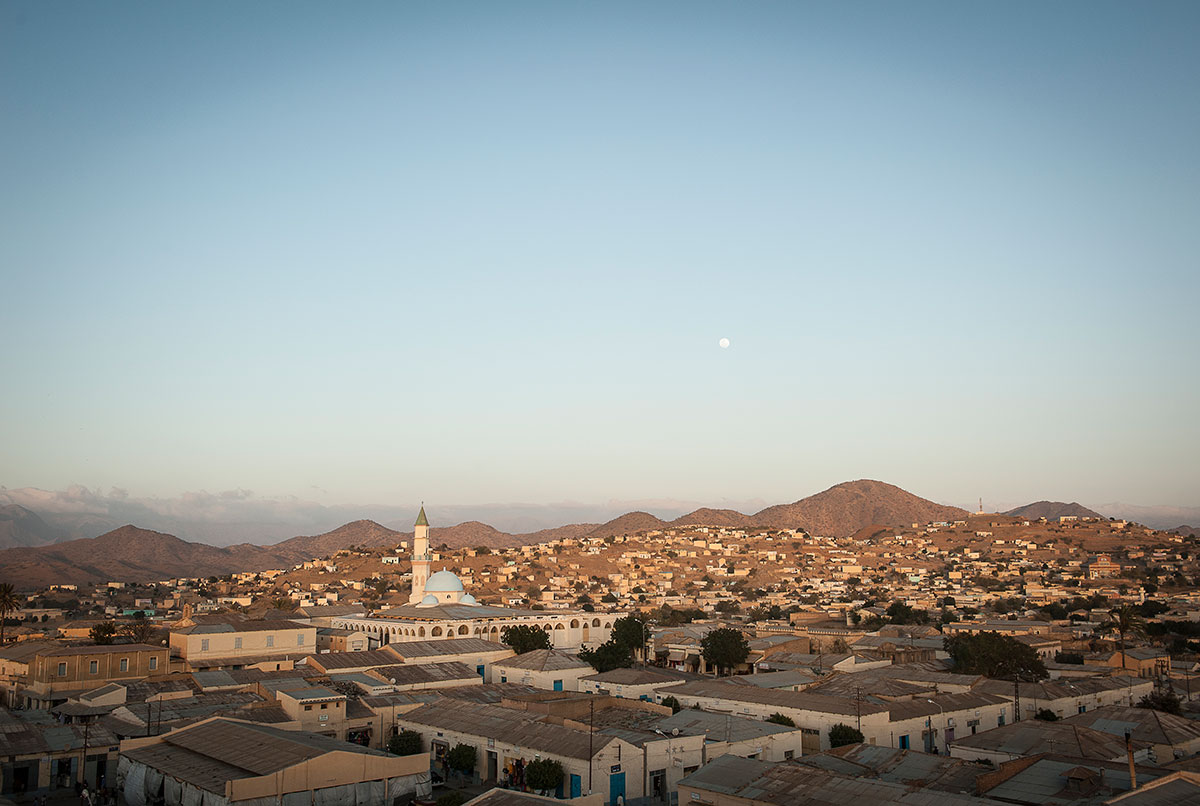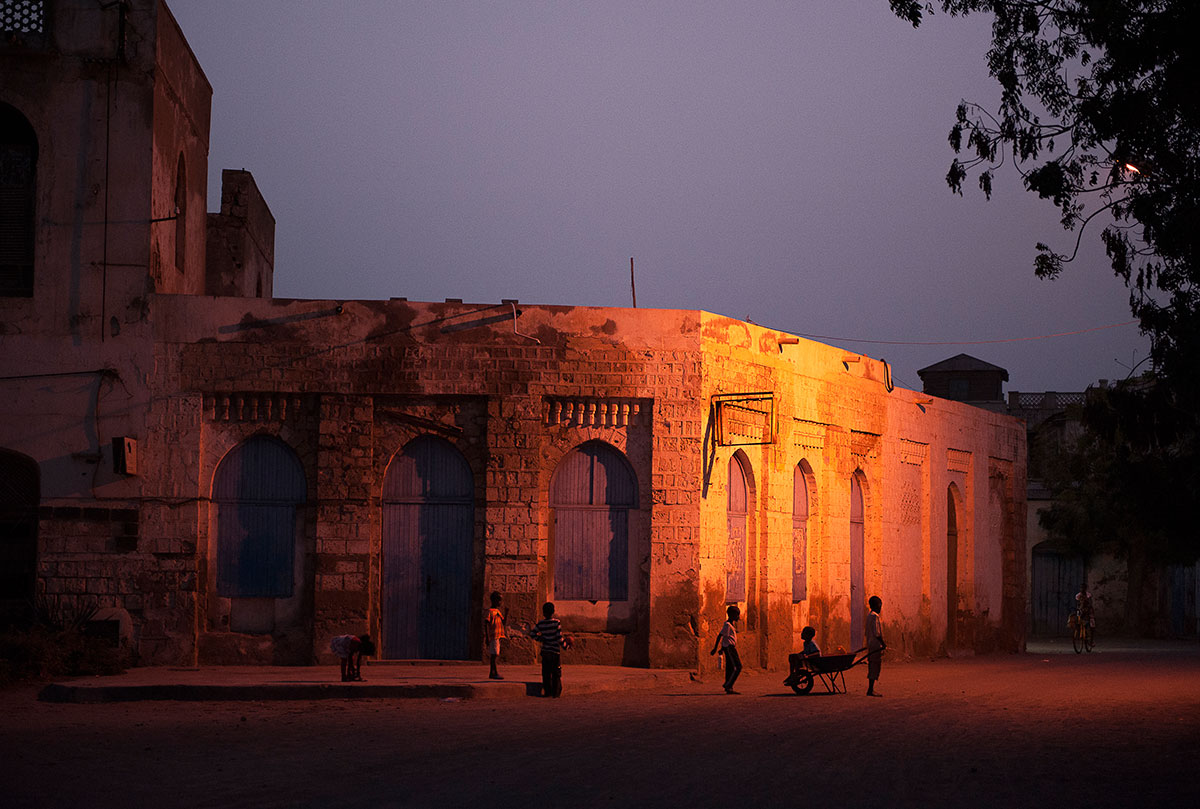Africa’s life expectancy jumps dramatically
Longevity gains provide upbeat counterpoint to gloom enveloping the continent
EM Squared
Fiat Chrysler reports soaring profitability in US, Europe4 HOURS AGO
© Getty
0
10 HOURS AGO
by:
Steve Johnson
Life expectancy in a swath of African countries since 2000 surged by between 20 and 42 per cent, providing an upbeat counterpoint to the gloom increasingly enveloping the continent.
The “Africa Rising” narrative has increasingly been
called into question in the past year, with the International Monetary Fund predicting that economic growth across sub-Saharan Africa will slow to 3 per cent this year, the weakest pace of growth since 1999 and barely more than the population growth of 2.5 per cent.
This is likely to be the first year this millennium when Africa
grows more slowly than the rest of the world, the IMF predicts.
With the respected Ibrahim Index of African Governance suggesting that standards of governance
have declined since the global financial crisis, and the IMF having warned that too few countries used the boom years to improve their public finances, a picture emerges of a continent that has largely squandered its commodity-led windfall.
The recent slowdown has also led to the perception that the entire Africa rising phenomenon was driven more by the cyclical upswing in commodity prices than any longer-lasting structural improvements in African economies.
However, dramatic rises in life expectancy suggest many governments, aided by external donors such as the Bill & Melinda Gates Foundation, have been able to improve their health systems and the wellbeing of their populace.
Malawi has led the way, with life expectancy at birth rising 42 per cent from 44.1 years in 2000 to 62.7 in 2014, according to data from the World Bank.
Zambia and Zimbabwe have both seen rises of 38 per cent over the same period, with longevity in Rwanda, Botswana and Sierra Leone up more than 30 per cent.
Uganda, Ethiopia, the Republic of Congo, Niger and Kenya have all witnessed rises of more than 20 per cent. Overall, of the 37 countries to have seen life expectancy rise by more than 10 per cent since 2000, 30 are in sub-Saharan Africa, including the 15 with the biggest gains, as the table below shows.

Africa: Between hope and despair
Optimism surrounding the continent has evaporated with the collapse in commodity prices
Not one sub-Saharan country saw life expectancy fall between 2000 and 2014, with war-torn Syria the only state to suffer this fate.
Aside from Swaziland (where longevity rose only 0.4 per cent), the smallest improvement was the 2.5 per cent in South Africa, where life expectancy of 57.2 years now trails that found in dozens of poorer sub-Saharan states.
Africa, of course, had more scope to raise life expectancy, given most its countries were starting from a lower base than typically found elsewhere in the world.
However the figures are a marked contrast from the 1990s, when life expectancy fell sharply in countries such as Zimbabwe, Botswana, the Republic of Congo, Kenya, Namibia and the Central African Republic, and only edged up in many others.
The HIV/Aids epidemic was a major killer then, and efforts to prevent infection and prolong the lives of those infected have played a part in the subsequent rebound in longevity since 2000.
Yvonne Mhango, sub-Saharan economist at Renaissance Capital and a native of table-topper Malawi, says: “When I was growing up in the 1980s and 1990s, HIV/Aids killed a lot of the working-age population.
“It hasn’t been eradicated but the introduction of antiretroviral [drugs] that are affordable and accessible to low-income people has helped to lengthen their lives. They are able to work and look after their families. That has made a big difference.”
© Getty
Ms Mhango also points to wider availability of cheaper generic drugs, often sourced from low-cost countries such as India, and improvements in preventive medicine, such as measures to reduce the incidence of malaria.
John May, visiting scholar at the Population Reference Bureau in Washington DC, believes the key to improved longevity has been a “rapid decline” in infant and child mortality.
“We have seen a lot of programmes and interventions, such as impregnated bed nets [to combat malaria], immunisation campaigns and also a strong commitment on the part of Africa’s leadership to really push for a survival revolution,” he says.
Across sub-Saharan Africa, deaths before the age of 12 months per 1,000 live births have fallen from 138 in 1970 to 67 as of 2013, according to USAID, although that still compares badly with a developed world average of five deaths per 1,000 births.
Although Mr May is sceptical that the improvement has been quite so pronounced, citing concerns about the quality of data collection, he does nevertheless believe the improvement has been “dramatic”.
The introduction of antiretroviral [drugs] that are affordable and accessible to low-income people has helped to lengthen their lives. They are able to work and look after their families. That has made a big difference
Yvonne Mhango, sub-Saharan economist
William Jackson, senior emerging markets economist at Capital Economics, argues the impressive rises in life expectancy suggest Africa has managed to make a big stride forward since 2000, despite the current doom and gloom.
“From a macroeconomic perspective, the last decade has been pretty good, even if the Africa rising story is reversing,” he says.
“There have been significant rises in income across the region and more money for governments to spend on areas such as healthcare, as well as better medicine and better planning. Governance in Africa has improved quite significantly over the past decade.”
Charles Robertson, global chief economist at Renaissance Capital, cites a refocusing of international aid on areas such as education and healthcare for part of the gains.
Moreover, he argues the data give the lie to the argument that the commodity-based wealth that rolled into Africa during the good years was largely siphoned off by a cabal of well-connected locals and foreigners intent on “stripping Africa of its resources”.
With many of the easy gains made, it is logical to think that further improvements in life expectancy will slow from here.
Given the slowdown in economic growth as well, Mr Robertson fears the rate of improvement could even stall completely.
© Getty
Mr May says the “800-pound gorilla” is poorer African countries’ ability to continue to pay for HIV/Aids drugs, which sufferers are likely to need until the end of their lives, given that rising populations mean the number of those living with the disease could jump.
Mr Jackson is less downbeat, believing the dispersion of medical knowledge across the continent will yield further gains, although he too anticipates a tougher period ahead.
“We have spoken a lot about the Africa rising story in being a temporary story based on the commodity boom. If we are right then governments won’t have the same revenues to invest in healthcare in the coming years,” he says.
Ms Mhango is most upbeat of all, though, echoing Mr Jackson’s thoughts about the dispersion of knowledge. She cites the case of Malawi’s medical school, which in her youth was staffed mostly by foreign lecturers and professors.
Now, the country has a generation of locally-born doctors who are themselves starting to teach at the school, hopefully ensuring that the gains made in the past 15 years are maintained and extended further.
LIFE EXPECTANCY AT BIRTH
1990 2000 2014 Change since 2000 (%)
Malawi 43.8 44.1 62.7 42.2
Zambia 44.3 43.5 60 37.9
Zimbabwe 59.6 41.7 57.5 38
Rwanda 33.5 48.2 64 32.8
Botswana 62.6 48.7 64.4 32.2
Sierra Leone 37.4 38.7 50.9 31.5
Tanzania 50 50.5 64.9 28.5
Uganda 45.1 46.4 58.5 26.1
Ethiopia 47.1 51.9 64 23.3
Congo, Rep. 55 50.6 62.3 23.1
Niger 44 50.7 61.5 21.3
Kenya 58.8 50.8 61.6 21.3
Mali 46.5 48.9 58 18.6
Namibia 61.2 55.1 64.7 17.4
Congo, Dem. Rep. 49 50 58.7 17.4
Cambodia 53.5 58.4 68.2 16.8
Burkina Faso 49.4 50.3 58.6 16.5
Liberia 47.2 52.4 60.8 16
Angola 41.1 45.2 52.3 15.7
East Timor 48.5 59.3 68.3 15.2
Senegal 57.2 57.8 66.4 14.9
Guinea 49.9 51.2 58.7 14.6
Bhutan 52.5 60.7 69.5 15
Eritrea 48.2 56 63.7 13.8
Central African Republic 49 44.6 50.7 13.7
Nigeria 46.1 46.6 52.8 13.3
South Sudan 43.5 49.2 55.7 13.2
Mozambique 43.1 48.7 55 12.9
Bolivia 55.1 60.7 68.3 12.5
Laos 53.6 58.9 66.1 12.2
Nepal 54.2 62.3 69.6 11.7
Togo 55.8 53.5 59.7 11.6
Madagascar 51 58.5 65.1 11.3
Equatorial Guinea 48.2 52.1 57.6 10.6
Mongolia 60.3 62.9 69.5 10.5
Ivory Coast 52.6 46.7 51.6 10.5
Burundi 48 51.5 56.7 10.1
Source: World Bank
Africa’s life expectancy jumps dramatically - FT.com






























